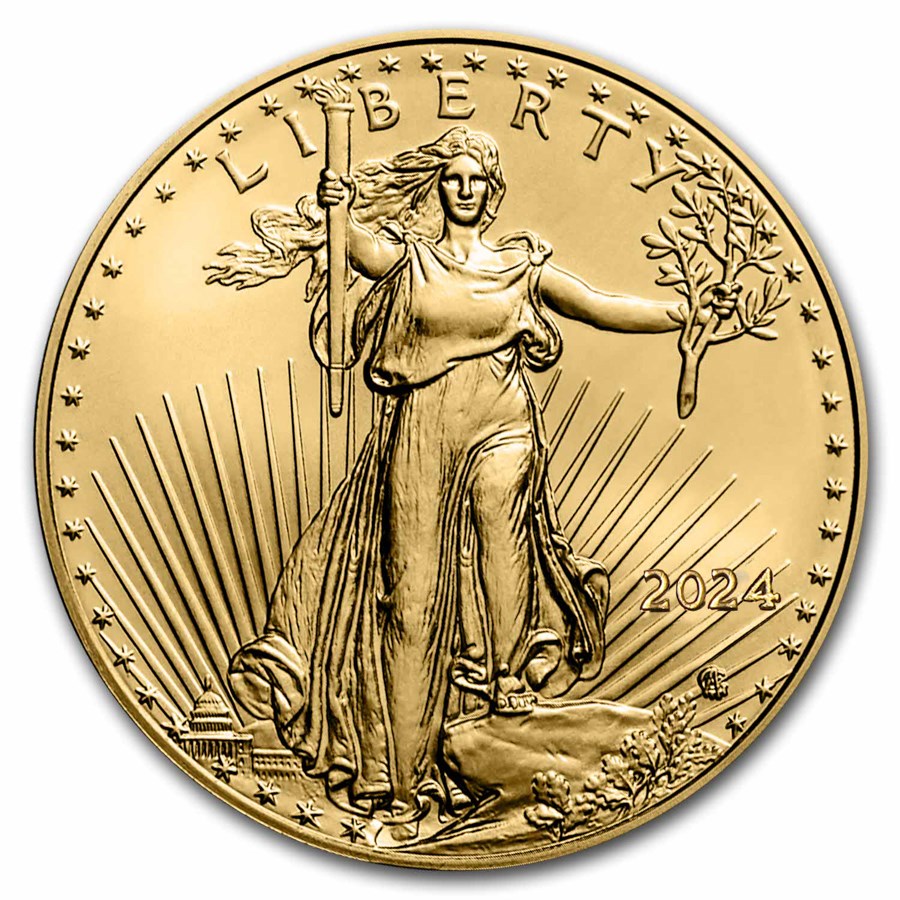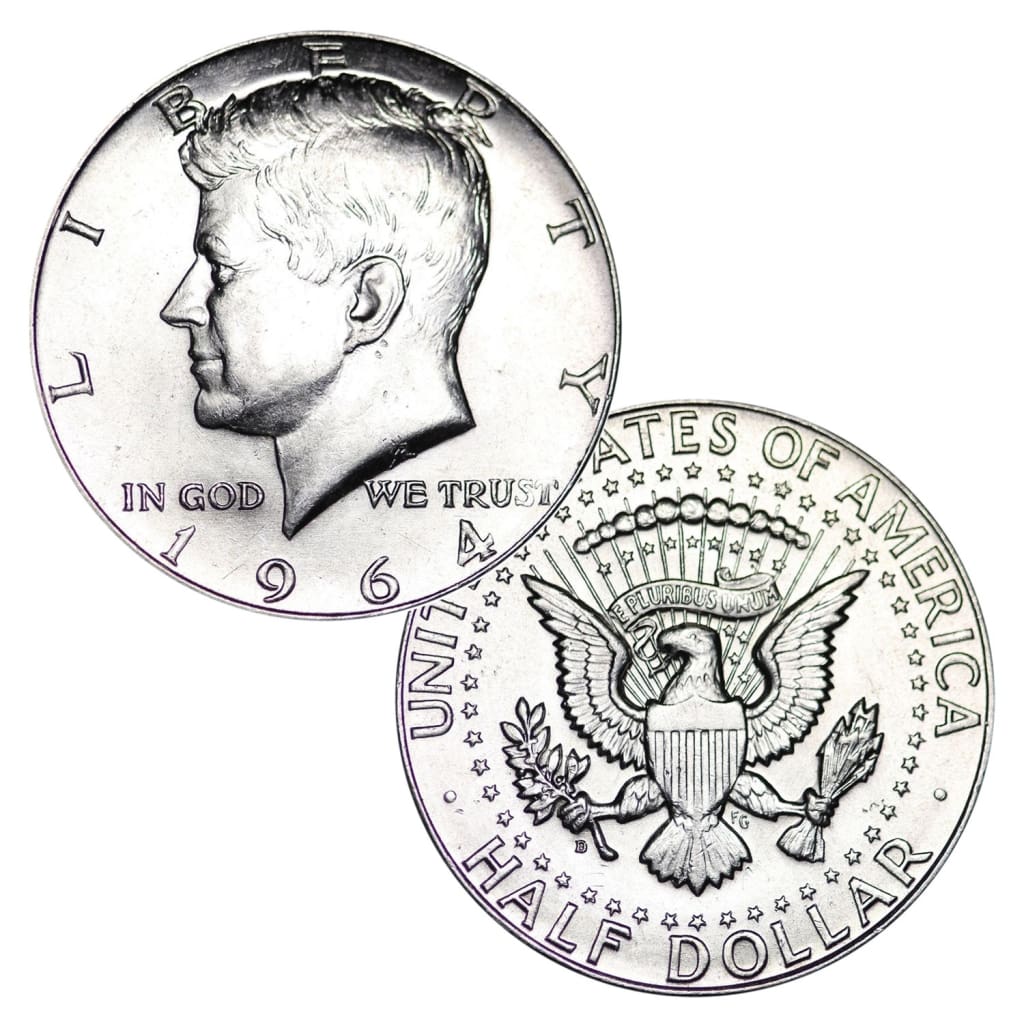What Is a Troy Ounce and How Is It Measured?
When buying or selling precious metals, you’ll encounter the term troy ounce, the global standard for measuring gold, silver, platinum, and palladium. Understanding what a troy ounce is and how it differs from a standard ounce is essential for accurate valuation.
What Is a Troy Ounce?
A troy ounce (oz t) is a unit specifically used in the precious metals market. It equals 31.1034768 grams, making it about 10% heavier than a standard (avoirdupois) ounce, which is 28.3495 grams.
Historical Origins
The troy ounce traces back to Troyes, France, a medieval trading hub. Merchants in the 15th century standardized the weight (480 grains per ounce, 12 troy ounces per pound), and this system was later adopted in England in 1527 and the U.S. in 1828.
Why It Matters
- Precious metal prices are quoted per troy ounce, not by standard ounces.
- Small weight miscalculations can lead to significant value errors, especially at high metal prices.
- One troy ounce equals 20 pennyweights or 480 grains, providing precision for fractional weights.
Measuring in Practice
When you see gold priced at $2,000 per ounce, that means per troy ounce. Buying a one-ounce gold coin means receiving exactly 31.10 grams of gold. Standard ounces are only used for everyday items; precious metals always use troy measurement.







